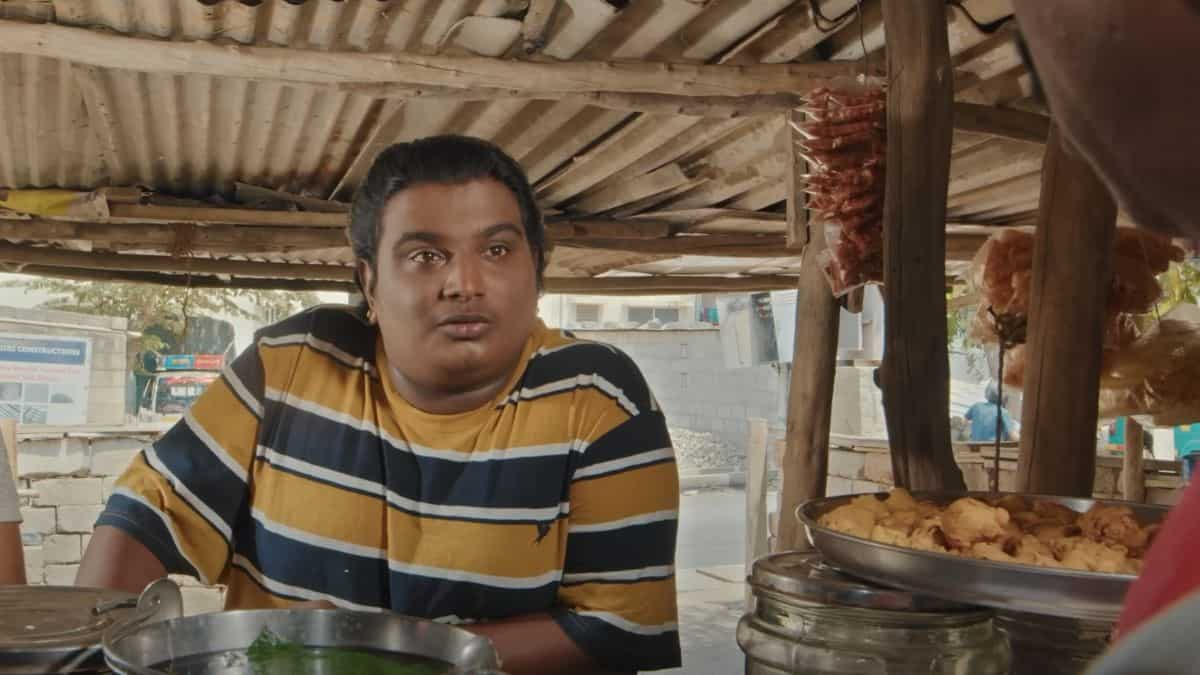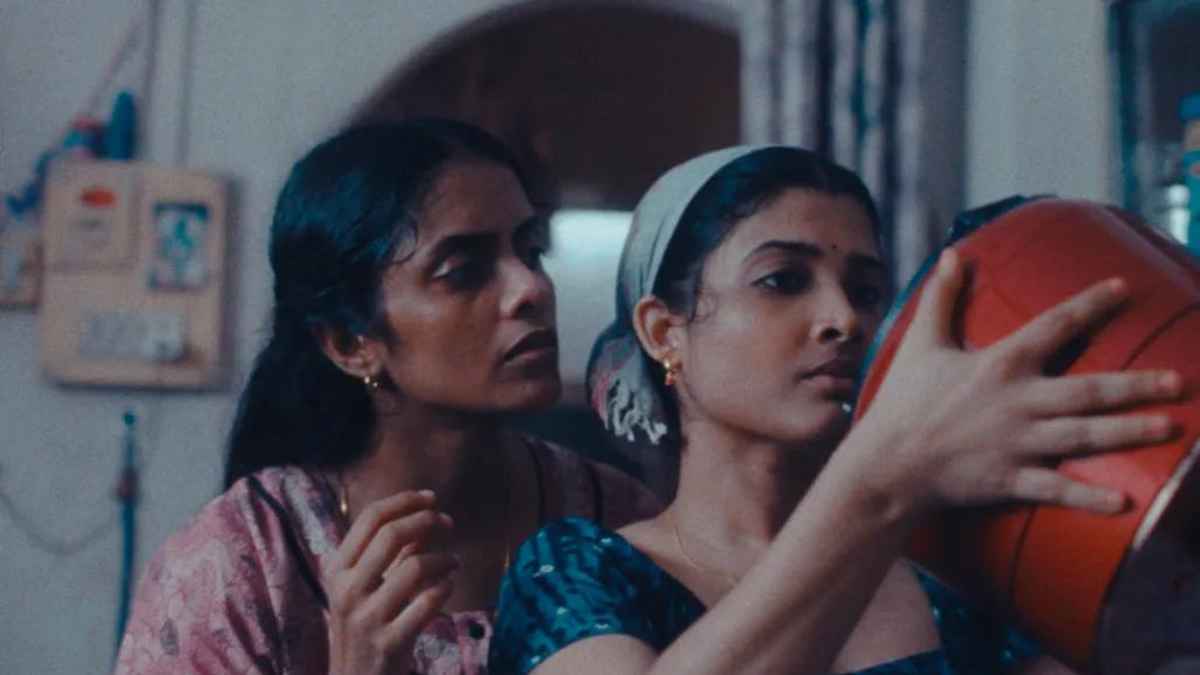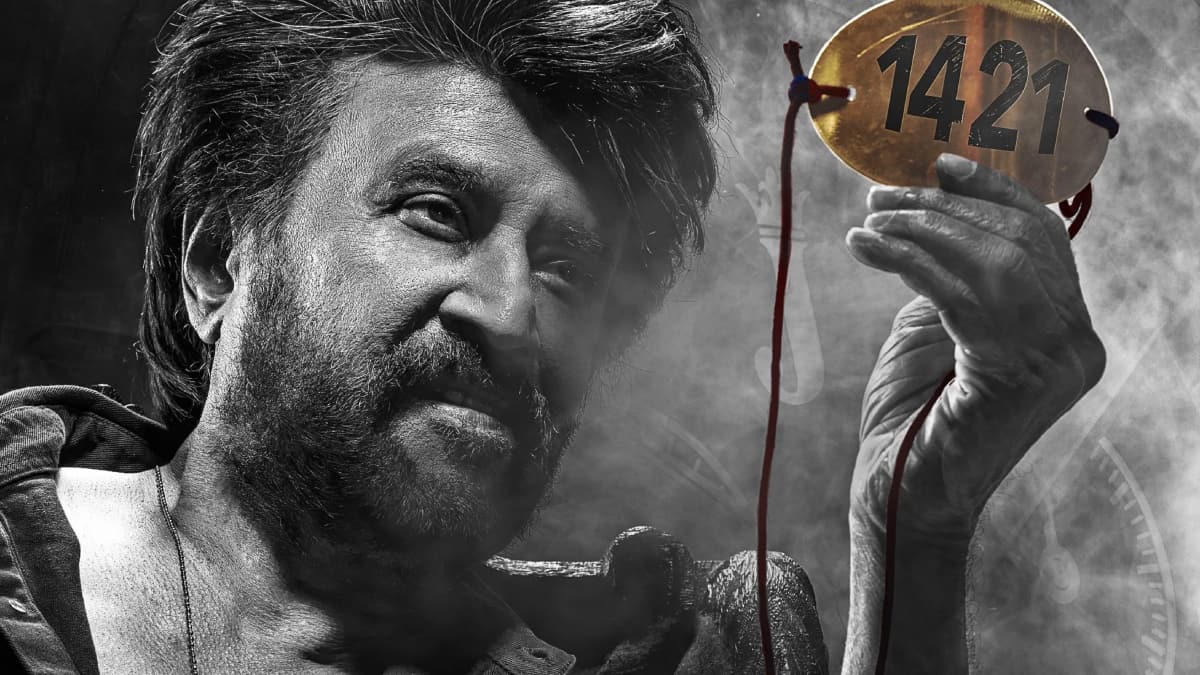
India moves into the fast lane of film conservation with Manthan
3 months ago | 26 Views
In 1976, Indian cinema made history with an unprecedented production of a movie with two rupees each collected from half a million dairy farmers. The Hindi feature film Manthan (The Churning) directed by Shyam Benegal — one of the architects of the parallel cinema movement in the country — told the story of India’s white revolution that transformed the nation into a global leader in milk production.
Nearly half-a-century later, Manthan is all set to etch its name into history books once again. With a countrywide release on June 1, it will become the first restored Indian film to be screened in 50 cities, a rare achievement that is expected to rewrite the rules of film conservation and exhibition in the country.
“No Indian film restored from ruins has ever received a countrywide release in 100 theatres in 50 cities,” beams Shivendra Singh Dungarpur, filmmaker and founder of Film Heritage Foundation that has helped give a new lease of life to the Benegal masterpiece.
New hope for old classics
“The grand scale of the release of a 48-year-old movie shot in a village in Gujarat opens a new hope for restoration of our classics lying in ruins in different regions and languages of India,” says Dungarpur, an alumnus of Film and Television Institute of India, Pune.
Set in Sanganva village in Rajkot district of Gujarat, Manthan boasts an ensemble cast of Smita Patil, Girish Karnad, Naseeruddin Shah, Amrish Puri, Kulbhushan Kharbanda, Anant Nag and Mohan Agashe.
The film tells the story of a veterinary doctor played by Karnad, who arrives in a village of dairy farmers from the Dalit community, to change their lives by launching a milk cooperative society.
The story of Manthan is inspired by the work of Varghese Kurien, called the father of India’s white revolution, who organised the villagers of Gujarat into a cooperative movement that later became the Gujarat Milk Marketing Federation Limited or Amul in Anand.

Preserving stories of the nation
Conservation of cinematic heritage of India, the world’s largest film-producing country, goes back to 2010 when American director Martin Scorsese’s World Cinema Foundation restored legendary Bengali filmmaker Ritwik Ghatak’s Titas Ekti Nadir Naam (A River Called Titas).
Scorsese’s foundation digitally restored Ghatak’s 1973 film at L’Immagine Ritrovata Laboratory in Bologna, Italy, from an original negative at the National Film Archive of India (NFAI), Pune, along with a positive print provided by the Bundesarchiv-Filmarchiv in Berlin.
For Manthan, Dungarpur’s foundation used the original camera negative and the 35 mm print preserved at the NFAI, now part of National Film Development Corporation, for digital restoration at L’Immagine Ritrovata Laboratory and Prasad Lab in Chennai.
“Unfortunately, the sound negative was not available,” explains Dungarpur, who directed Celluloid Man, the story of India’s cinematic treasure, most of which is lying neglected, in 2012. “We digitised the sound from a 35 mm print preserved at our foundation,” he adds.
Most of the print had developed green vertical lines from deterioration. Each frame was scanned and the green lines removed during the scanning process at Prasad Lab. The colour grading, sound restoration and mastering was done in Bologna.
“Both Benegal and Govind Nihalani, the cinematographer of the film, have been involved in the restoration of the film,” says Dungarpur.
Since the restoration of Ghatak’s Titas Ekti Nadir Naam in 2010, India has restored hundreds of films in a national film heritage project, including such major works as Mrinal Sen’s 1983 Hindi language film, Kandhar.
The quality of restoration too has gone up. Compared to 2K restoration only a few years ago, most films today, including Manthan, are restored in 4K resolution, considerably improving the quality of viewing.

Boost for cinematic heritage
At the 77th Cannes Film Festival in May, Manthan was screened in the festival’s classics section with such famous films as Japanese director Akira Kurosawa’s Seven Samurai (1954) and Paris, Texas (1984) by German director Wim Wenders.
Among those present at the world premiere of the restored Manthan were the surviving actor from the film, Naseeruddin Shah, Smita Patil’s son Prateik Babbar, Kurien’s daughter Nirmala Kurien, Amul managing director Jayen Mehta and Dungarpur.
Manthan was the fourth restored Indian film screened in Cannes Classics in the last three years, a rare achievement for the country’s efforts in preserving its rich cinematic heritage.
In 2022, Cannes Classics screened Satyajit Ray’s Pratidwandi (1970) along with Malayalam director G Aravindan’s 1978 film Thampu (The Circus Tent) followed by Manipuri director Aribam Syam Sharma’s 1990 Meitei-language film Ishanou (The Chosen One) last year.
On June 1 evening, the cast and crew of Manthan, including Benegal, cinematographer Govind Nihalani and Shah will present the restored film at its India premiere in Mumbai.
“The people want to see our movies made in the past,” says Dungarpur. “It is not enough to restore movies, but they must be exhibited across the country to present the true spirit and diversity of India and its villages."
Read Also: 5 ranveer singh films that have been shelved, from baiju bawra to rakshas




















